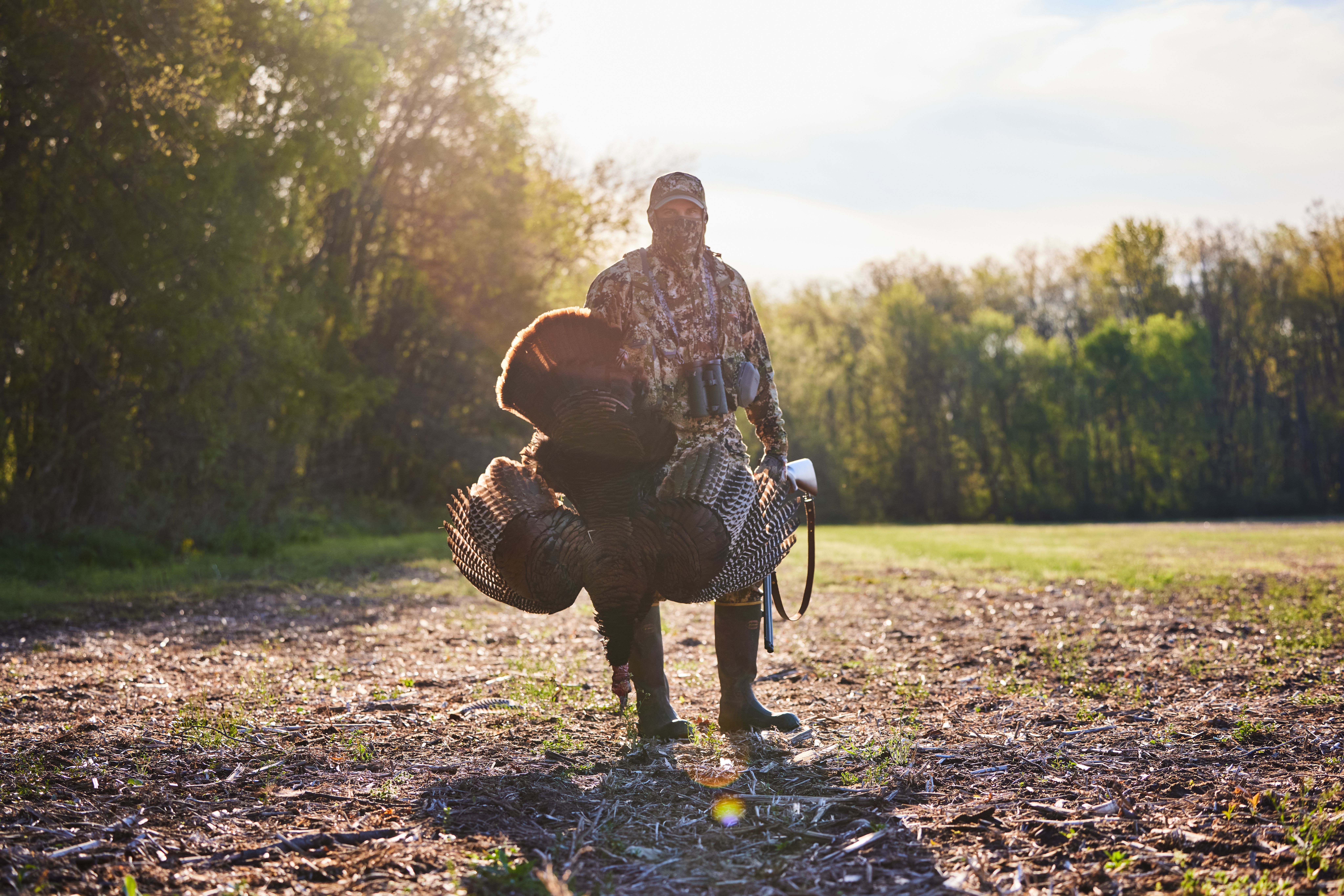Field Guide / Turkey
When Is Michigan Turkey Season?
Blue skies, budding greens, and early morning mist can only mean one thing in Michigan: Spring has arrived.
Previous in Turkey
More Content Like This
7 Crucial Turkey Hunting Strategies From Jordan of Buck Commander
Whether you are in the South and have already begun your hunt for spring toms, or you are patiently waiting for the end of March or the beginning of April in the Midwest, there is one thing we all have in common – we want to harvest a nice gobbler – ...Read More
Read MoreTurkey Calls: Our Top 3 Calls For Beginners
If you are new to turkey hunting and want to be successful in the woods, planning your journey beforehand will be crucial to your outcome. However, aside from using the right hunting app, nothing will increase your chances of success like learning to...Read More
Read MoreWhat Should Be Your First Turkey Call? Our Expert Insights
One of the most essential things in a turkey hunter's arsenal is the best turkey call for the right situation. Turkey hunters use calls to mimic various hen sounds like purrs, yelps, and clucks to convince a male turkey to come into range for the sho...Read More
Read More Turkey
Turkey7 Crucial Turkey Hunting Strategies From Jordan of Buck Commander
Whether you are in the South and have already begun your hunt for spring toms, or you are patiently waiting for the end of March or the beginning of April in the Midwest, there is one thing we all have in common – we want to harvest a nice gobbler – ...Read More
Read More Turkey
TurkeyTurkey Calls: Our Top 3 Calls For Beginners
If you are new to turkey hunting and want to be successful in the woods, planning your journey beforehand will be crucial to your outcome. However, aside from using the right hunting app, nothing will increase your chances of success like learning to...Read More
Read More Turkey
TurkeyWhat Should Be Your First Turkey Call? Our Expert Insights
One of the most essential things in a turkey hunter's arsenal is the best turkey call for the right situation. Turkey hunters use calls to mimic various hen sounds like purrs, yelps, and clucks to convince a male turkey to come into range for the sho...Read More
Read More
1 of 3



